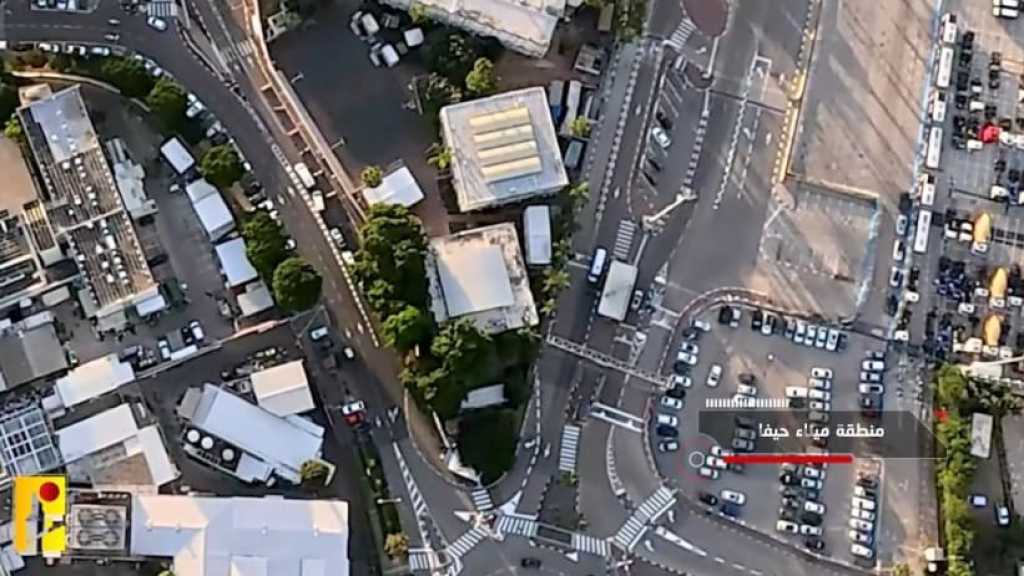The “Israel” Crisis: A Milestone

Yahya Dbouk
Al-Akhbar Newspaper
The “Israeli” government is moving forward with plans to undermine the judiciary and place it under its control.
The Knesset passed the first reading of one of several planned bills that Benjamin Netanyahu’s opponents describe as legislation seeking to destroy the democratic system, deepen the social rift, and push “Israel” towards the brink of civil war.
And while this narrative may contain exaggerations, it is all part of political push and pull. It is also worth noting that the leader of the Likud (Netanyahu) may be intending to conduct a loud maneuver with the aim of dragging his opponents into the negotiation box, and then entering into a settlement with them that will protect him from going on trial. At the same time, the hand of the fascists is slipping through.
One thing is for certain: “Israel’s” years-long divisions have peaked and it is no longer possible to weld or bridge the gap that has been created.
At a time when the internal crisis is escalating, the occupying entity is awaiting a seemingly inevitable response to the Nablus massacre. The massacre reveals the “gelatinous” nature of the understandings concluded between Ramallah and Tel Aviv under the auspices of Washington, and the former’s inability to leave behind its illusions, despite hinting that it plans to cancel a security summit scheduled in Aqaba with the United States, “Israel”, Egypt and Jordan.
On the domestic front, the camp of “Israeli” Prime Minister Benjamin Netanyahu completed its first legislative step on the road to changing the nature of power in “Israel”, deepening the rift with his opponents and complicating the internal crisis. All of these pave the way for scenarios that the occupying entity may not be able to overcome.
This step has provoked Netanyahu's opponents. They consider it a “coup” aimed at making the judicial system a mere “rubber stamp”. They also warn about “Israel” being transformed into a “totalitarian state” and being ruled by parties and figures according to their own agendas, which include, among other things, the imposition of special ways of living on others – be it Jewish or not.
The Supreme Court prevented these impositions when it came to the Jews, as these were seen as incompatible with “justice, logic, equality, and human rights.” Of course, it was a completely different approach when it came to the Arabs.
Today, warnings are multiplying about the potential consequences of the Netanyahu government’s actions, whether in terms of deepening social divisions, the exit of capital and investments, the possible prosecution of army personnel before international courts, the decline of “Israel's” standing and the disruption of its alliances, the urging of a counter-immigration that empties the occupying entity from its settlers, or even the start of a “civil war” that is constantly mentioned by a large number of officials, experts, and the media.
In view of the aforementioned, the following conclusion can be drawn:
First: Criticism of the “judicial reform” plan is clearly politicized. But this plan would inevitably harm the unwritten collective contract that enabled the various Israeli “tribes” to coexist and preserved the internal stability of the entity despite its many seeds of fragmentation.
The “Supreme Court” has been, for decades, and according to established customs, examining every petition that comes to it regarding decisions or laws issued by the government, its ministers, the Knesset and its committees, or state and private institutions, with expanded and unrestricted authority unparalleled in the world.
Based on this authority, the court played the role of a “guard” that prevents any “tribe” from changing the “rules of engagement” with other “tribes” or jumping over its own fence to pounce on “others” and harm them. This applies, for example, to its ban on secularists from imposing their will on religious people, and vice versa.
Today, however, if the ruling coalition is able to remove the authority of the “Supreme” to consider the laws of the “Knesset”, then the fascists and the religious factions will be able to work on issuing “Talmudic” laws, which the secular factions and even the traditionalists among ordinary “Israelis” cannot coexist with.
Some of these new laws may include electricity cuts and transportation disruptions on Saturdays, limiting the equality granted to women on multiple personal and public levels, limiting the type of food, clothing, and places that can be used by both genders, etc.
In other words, Talmudic laws will take precedence over any military order issued by an officer or a non-commissioned officer, and the rabbi will become the chief of staff instead of the organizational chief of staff. Meanwhile, the situation is no different in the occupied territories, where there is an agenda that conflicts with the interests of “Israel”.
Second: The secularists see all this as a threat to their way of life, their aspirations, and their collective and private stability. This explains their repeated escalations against the government.
However, these escalations go hand-in-hand with exaggerations, manifested, for example, by bringing back everything that is “bad” at any level to the “judicial reform” plan or exaggerating the potential consequences of the plan on the future of the entity.
Third: There are other aspects of the repercussions that are being discussed that should be paid attention to; the new laws imply a threat to democracy but will not lead to its downfall.
Likewise, many aspects of the economic dilemma appear to be related to the distress being experienced by many sectors around the world. This extends to the technology sector in “Israel”.
It is true that there is a crisis in the high-tech sector, and that money is leaving “Israel” faster than ever. Unemployment is on the rise and there is a decline in foreign investments, while strong economic institutions reduce their presence in the entity. However, this is a global phenomenon that transcends countries and continents.
Fourth: What has happened so far is a vote on the first reading out of three readings that are binding for the bills to enter into force, bearing in mind that experiences tell us that many projects did not reach the last two stages.
For the time being, it is not possible to predict the fate of the "judicial reform" plan. However, it is worth noting that Netanyahu, who remains the real engine behind this legislation, can stop driving it forward if he reaches some sort of a settlement with others from within his secular “tribe” that will protect him from standing trial over corruption and bribery charges
It appears the Prime Minister wanted to pass the first reading to improve his negotiating position and increase pressure on the opposition with the aim of forcing it to lower the ceiling of its demands and enter into a kind of barter with him.
However, if Netanyahu does not find a willing listener among his opponents and concludes that the consequences of proceeding with the "coup" against the judiciary are bearable and can be overcome, then he will continue down this path. Such a move is likely to lead to dangerous repercussions and could push “Israel” into chaos or internal strife. This will force him to step back and search for settlements again.
The last scenario is a possible disruption of the march of “change” led by the fascist allies of the Likud leader, which will stir up his government and possibly lead to its downfall. This again opens him up to extortion from his allies.
Fifth: While it is important not to fall for the exaggerations, some data cannot be overlooked. The most important is the following:
- “Israel” is plagued by years-long divisions, which have become increasingly entrenched with the passage of time. It is no longer possible to weld or bridge the gap that has been created.
- The division between the Ashkenazi and the Sephardic still exists, as recent protests have revealed, after many thought that it was about to disappear.
- What is happening now against the backdrop of the "judicial revolution" is a result of the internal division, not a cause for it, even if the former led to the nourishment and development of the latter.
Comments




